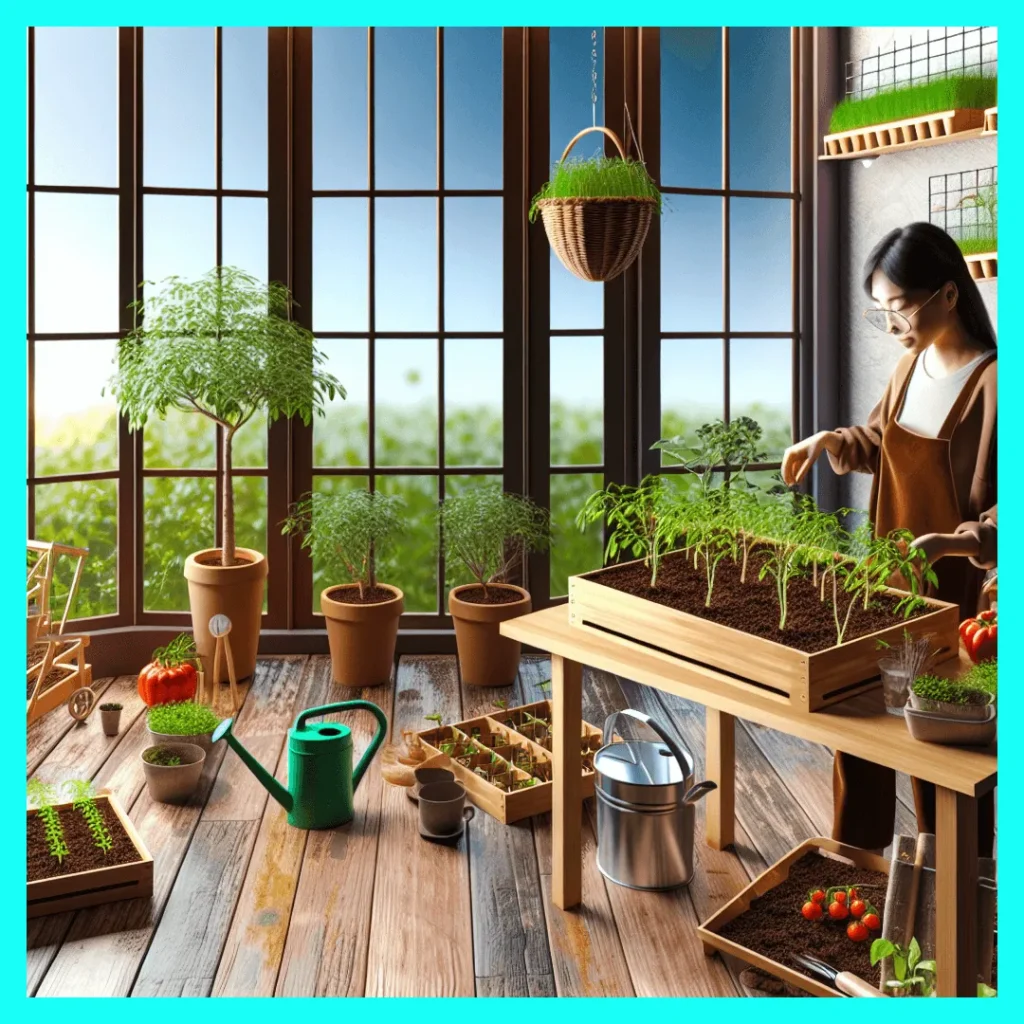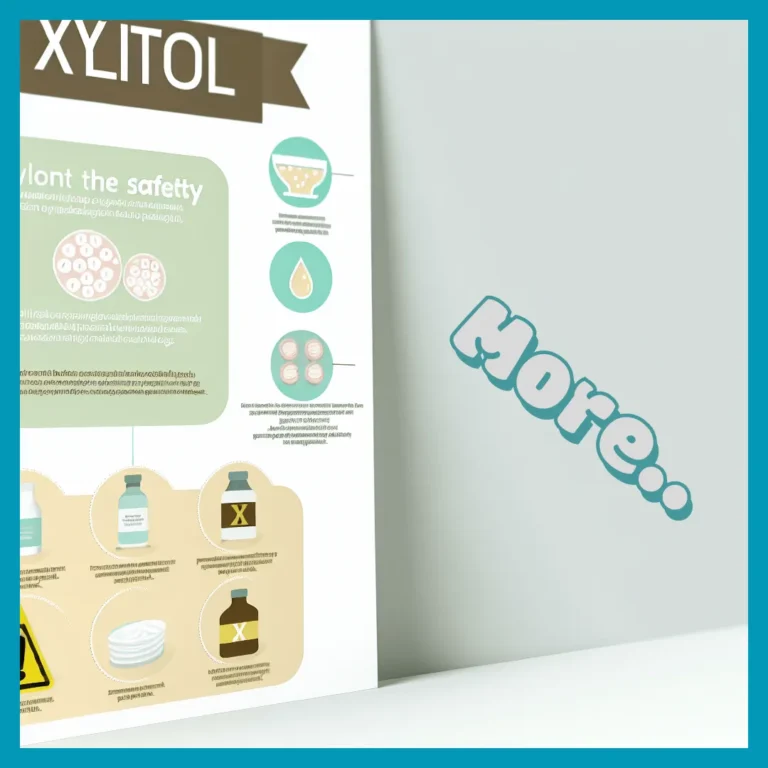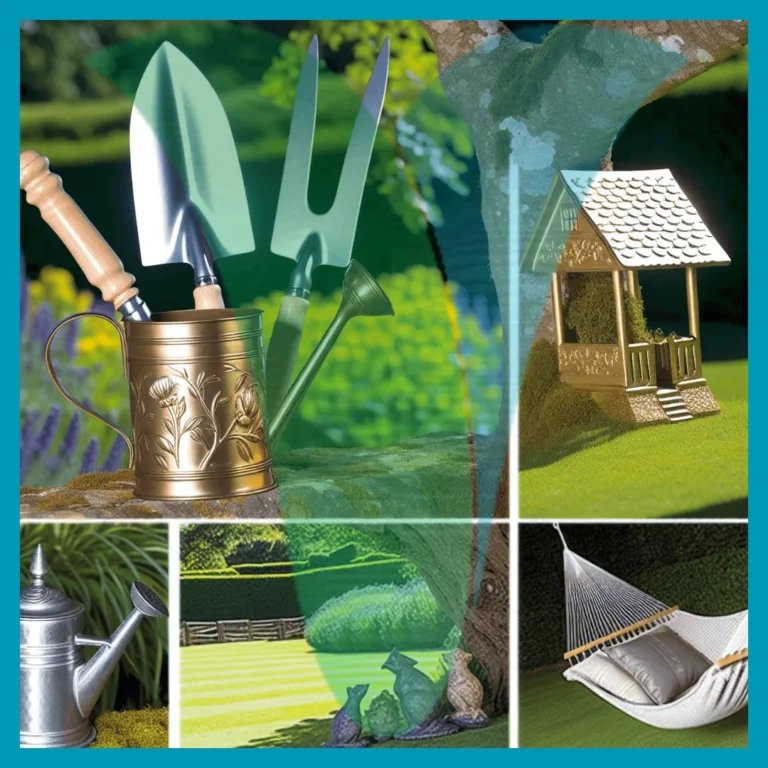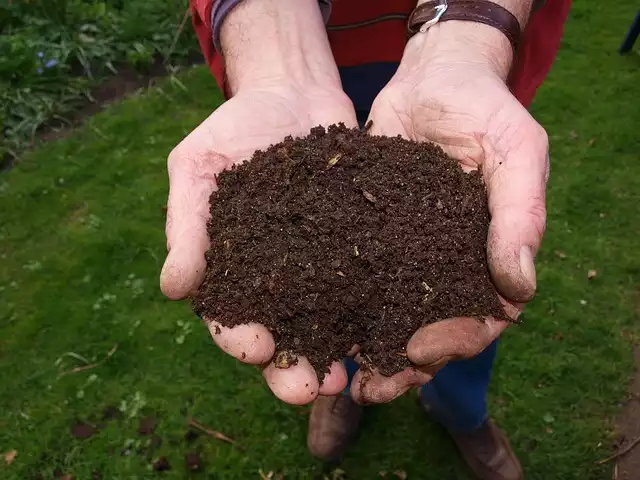Indoor Organic Gardening
Imagine transforming your living space into a lush, vibrant oasis where every corner bursts with life, all year round.
Welcome to the world of Indoor Organic Gardening, where the magic of nurturing plants merges seamlessly with the principles of sustainability and health.
This isn’t just about adding a splash of green to your décor; it’s a full-blown adventure into creating an eco-friendly sanctuary right in your own home.
With Indoor Organic Gardening, you embark on a journey that tantalizes your senses, purifies your air, and even contributes to your dinner plate with fresh, pesticide-free produce.
Gone are the days when gardening was confined to outdoor spaces and subjected to the whims of weather.
Indoor Organic Gardening breaks down those barriers, offering a thrilling opportunity for green thumbs and novices alike to cultivate their passion regardless of square footage or climate conditions.
Picture this: aromatic herbs by your kitchen window, juicy tomatoes growing in your living room, and an array of colorful flowers that bring joy without ever stepping outside.
The excitement lies not just in what you grow but in mastering the art of bringing nature indoors sustainably and organically.
Get ready to dive into an exhilarating world where growth knows no bounds!
Table of Contents Indoor Organic Gardening
Benefits of organic gardening indoors
Organic gardening indoors offers a multitude of benefits that make it a valuable practice for both experienced gardeners and beginners alike.
Firstly, it allows individuals to have full control over the growing conditions, ensuring that the plants receive the optimal amount of sunlight, water, and nutrients.
This level of control contributes to healthier and more productive plants, resulting in higher yields of fresh, nutritious produce.
Furthermore, indoor organic gardening eliminates the need for harmful pesticides and synthetic fertilizers, promoting a more sustainable and environmentally-friendly approach to growing plants.
By avoiding the use of harsh chemicals, the produce cultivated indoors is not only safer and healthier for consumption but also contributes to the overall well-being of the ecosystem.
Additionally, indoor gardening provides the opportunity to cultivate a wide variety of plants throughout the year, regardless of seasonal limitations.
This allows individuals to enjoy fresh herbs, vegetables, and flowers all year round, even in regions with harsh climates or limited outdoor space.
Ultimately, by embracing indoor organic gardening, individuals can experience the joy of growing their own food while promoting a healthier, more sustainable lifestyle.
Choosing the right plants to grow
When engaging in indoor organic gardening, selecting the right plants to grow is essential for a successful and thriving garden.
Consideration should be given to factors such as available space, lighting conditions, and personal preferences.
Some plants, like herbs and leafy greens, thrive in low light environments, making them ideal for areas with limited natural sunlight.
On the other hand, plants like tomatoes and peppers require more intense light and may necessitate the use of supplemental lighting systems.
Additionally, it is important to choose plants that are well-suited to indoor growing conditions and have shorter maturation periods.
This ensures that the plants will have ample time to grow and produce a bountiful harvest within the confines of an indoor space.
Researching the specific needs and growth habits of different plant varieties will allow for informed decision-making when selecting the right plants to cultivate in an indoor organic garden.
Essential tools for indoor gardening
To ensure successful indoor organic gardening, it is crucial to have the right tools at your disposal.
A quality set of gardening tools can make the entire process more efficient and enjoyable.
First and foremost, a sturdy pair of gardening gloves is essential to protect your hands from dirt, thorns, and other potential hazards.
A set of pruning shears or scissors will come in handy for trimming and pruning plants, maintaining their shape and promoting healthy growth.
A watering can or a hose with a gentle spray attachment is necessary to provide the proper amount of water to each plant without causing damage.
A hand trowel and a small rake will assist in transplanting seedlings and maintaining soil health.
Additionally, investing in a quality indoor gardening light system will ensure adequate light for plants that require higher intensity levels.
Finally, don’t forget about a reliable pH testing kit to monitor and adjust the pH levels of the soil, promoting optimal nutrient absorption.
By having these essential tools on hand, indoor organic gardening can be a rewarding and successful endeavor.
Creating a suitable growing environment
In order to cultivate a thriving indoor organic garden, it is essential to create a suitable growing environment.
One key element to consider is the temperature.
Most plants thrive in temperatures between 65°F and 75°F, so it is important to keep the indoor space within this range.
Adequate ventilation is also crucial to maintain proper air circulation and prevent the buildup of humidity, which can lead to the growth of mold and mildew.
Additionally, providing sufficient light is essential for the photosynthesis process.
Natural sunlight may not always be enough, so investing in a high-quality indoor gardening light system with the right spectrum and intensity can ensure that plants receive the necessary light for healthy growth.
Lastly, maintaining proper moisture levels in the soil is vital.
Regularly checking and adjusting the moisture content of the soil, along with implementing proper drainage techniques, will help prevent overwatering and root rot.
By creating an ideal growing environment, your indoor organic garden will flourish and yield bountiful harvests.
Natural pest control methods
To maintain a thriving indoor organic garden, it is important to address the issue of pests without relying on harmful chemicals.
Implementing natural pest control methods can effectively protect your plants while ensuring a safe and sustainable gardening practice.
One approach is to introduce beneficial insects, such as ladybugs, lacewings, and predatory mites, which feed on common garden pests like aphids and spider mites.
Another method is companion planting, where certain plants are strategically placed to repel pests or attract beneficial insects.
For example, marigolds can deter aphids and nematodes, while attracting pollinators.
Additionally, practicing good hygiene by regularly cleaning the garden area and removing any debris or dead plant matter can help reduce pest populations.
Finally, utilizing organic pest control sprays made from ingredients such as neem oil, garlic, or soap can provide effective and safe protection against pests.
By implementing these natural pest control methods, your indoor organic garden can thrive while minimizing the negative impact on the environment.
Harvesting and maintaining your plants
To ensure a successful indoor organic garden, it is essential to understand the proper techniques for harvesting and maintaining your plants.
When it comes to harvesting, timing is critical.
Each plant has its own ideal maturity stage for harvesting, which can be determined by observing factors such as color, size, and texture.
It is important to use clean and sharp tools to avoid damaging the plants.
When removing fruits or vegetables, gently twist or cut them off the plant, taking care not to disturb the surrounding foliage.
It is also beneficial to regularly prune your plants to promote healthy growth and prevent overcrowding.
This involves removing dead or damaged leaves, branches, or stems.
Additionally, regular monitoring of your plants for signs of pests or diseases is essential.
Early detection allows for timely intervention and ensures the health and vitality of your indoor garden.
By adopting these practices, you can maintain a thriving and productive indoor organic garden.
Maximizing small indoor spaces
Creating an efficient and functional indoor space is crucial when maximizing small areas.
Start by decluttering and organizing the space to optimize every available inch.
Utilize vertical storage solutions such as wall-mounted shelves or hanging organizers to free up valuable floor space.
Choose furniture that is multi-functional, such as ottomans with hidden storage compartments or foldable tables that can be easily tucked away when not in use.
Consider utilizing mirrors to create an illusion of a larger space and maximize natural light by keeping window areas clear of obstructions.
Additionally, incorporating clever lighting techniques, such as recessed or track lighting, can help create a sense of depth and openness.
By applying these strategies, even the smallest indoor spaces can be transformed into functional and inviting areas.
Sustainable and eco-friendly gardening
In the quest for a greener lifestyle, sustainable and eco-friendly gardening practices are gaining popularity.
By implementing these methods, you can reduce your environmental impact and create a healthier, more balanced ecosystem within your indoor garden.
One key aspect is utilizing organic gardening techniques, avoiding the use of harmful pesticides and synthetic fertilizers.
Instead, opt for organic alternatives such as compost or natural pest control methods.
Additionally, consider incorporating water-saving techniques like drip irrigation systems or collecting rainwater for watering your plants.
By embracing sustainable and eco-friendly gardening, you can contribute to the preservation of our planet while enjoying the benefits of a thriving indoor garden.
In conclusion, indoor organic gardening is a great way to bring the joys of gardening into your home while also promoting sustainability and healthy eating.
With the right tools and techniques, anyone can successfully grow their own organic produce year-round, even in small living spaces.
By incorporating indoor gardening into your daily routine, you can not only enjoy the benefits of fresh, homegrown produce, but also contribute to a more environmentally-friendly lifestyle.
Whether you are a seasoned gardener or new to the world of gardening, indoor organic gardening is a rewarding and fulfilling hobby that is worth exploring.
FAQ
What are some key benefits of indoor organic gardening compared to traditional outdoor gardening?
Indoor organic gardening offers the benefit of year-round cultivation regardless of weather conditions, enables control over pests and diseases, allows for more efficient use of water and resources, provides easier access for monitoring and care, and can be done in limited spaces such as apartments or urban settings.
Additionally, indoor gardening can result in higher yields due to optimal growing conditions and the ability to customize the environment to suit the specific needs of plants.
Overall, indoor organic gardening offers a convenient, sustainable, and productive alternative to traditional outdoor gardening methods.
What are some common challenges faced when starting an indoor organic garden, and how can they be overcome?
Common challenges when starting an indoor organic garden include limited space, lack of natural light, and controlling pests.
These can be overcome by utilizing vertical gardening techniques, supplementing with grow lights, and using organic pest control methods such as neem oil or insecticidal soap.
Additionally, choosing the right potting mix and maintaining proper watering and ventilation can help ensure successful growth of plants in an indoor organic garden.
Regular monitoring and adjusting of environmental conditions are key to overcoming these challenges.
What are some essential tools and supplies needed for successful indoor organic gardening?
Some essential tools and supplies for successful indoor organic gardening include organic potting soil, containers with proper drainage, watering cans or spray bottles, organic fertilizer, gardening gloves, pruning shears, a small trowel, and adequate lighting such as grow lights.
It is also important to have organic seeds or seedlings, a pH testing kit, and natural pest control options like neem oil or insecticidal soap.
Proper ventilation and a watering schedule are also crucial for healthy plant growth indoors.
How can beginners choose the right plants for their indoor organic garden, and what are some easy-to-grow options?
Beginners should consider factors like light availability, space, and maintenance requirements when choosing plants for their indoor organic garden.
Some easy-to-grow options include herbs like basil, mint, and parsley, leafy greens like lettuce and spinach, and houseplants like pothos and spider plants.
These plants are relatively low-maintenance and can thrive in indoor environments with proper care.
Beginners can also opt for starter kits or pre-potted plants to simplify the process of starting an indoor organic garden.
What are some tips for maintaining proper lighting, temperature, and humidity levels in an indoor organic garden to promote healthy plant growth?
To maintain proper lighting in an indoor organic garden, place plants near windows for natural light or use grow lights.
Keep temperatures between 65-75°F during the day and slightly cooler at night.
Use a thermometer and adjust as needed.
Maintain humidity levels between 40-60% by using a humidifier or tray of water near plants.
Monitor levels regularly and mist plants if needed.
Additionally, ensure good air circulation to prevent mold and mildew.
Proper ventilation, watering, and using a dehumidifier can also help maintain optimal conditions for healthy plant growth in an indoor organic garden.







